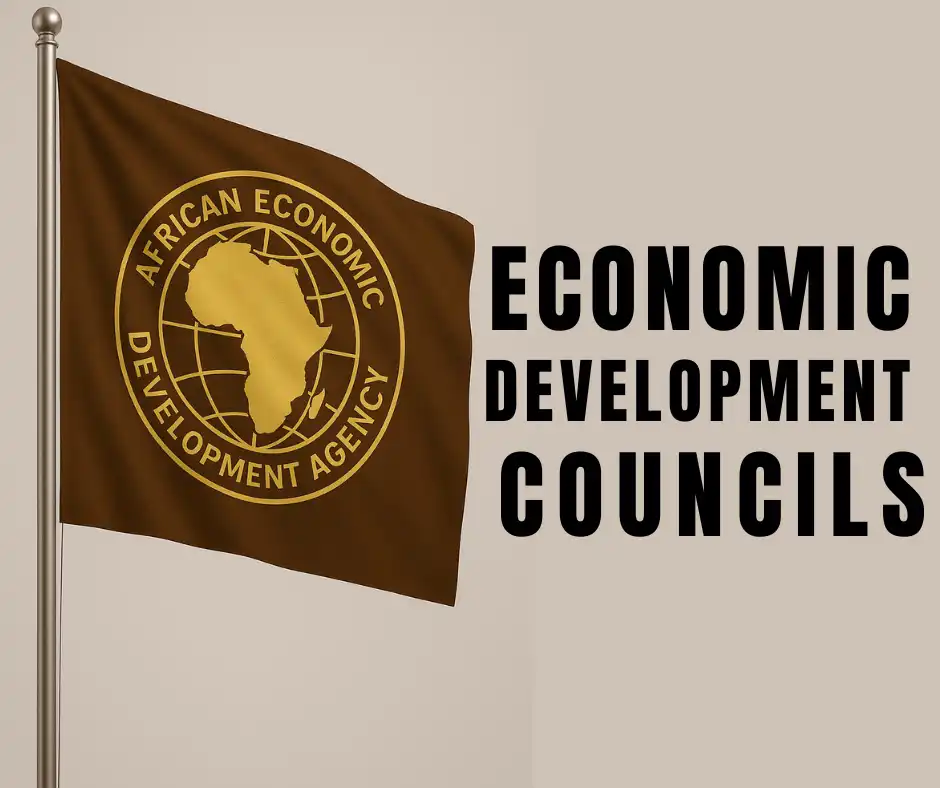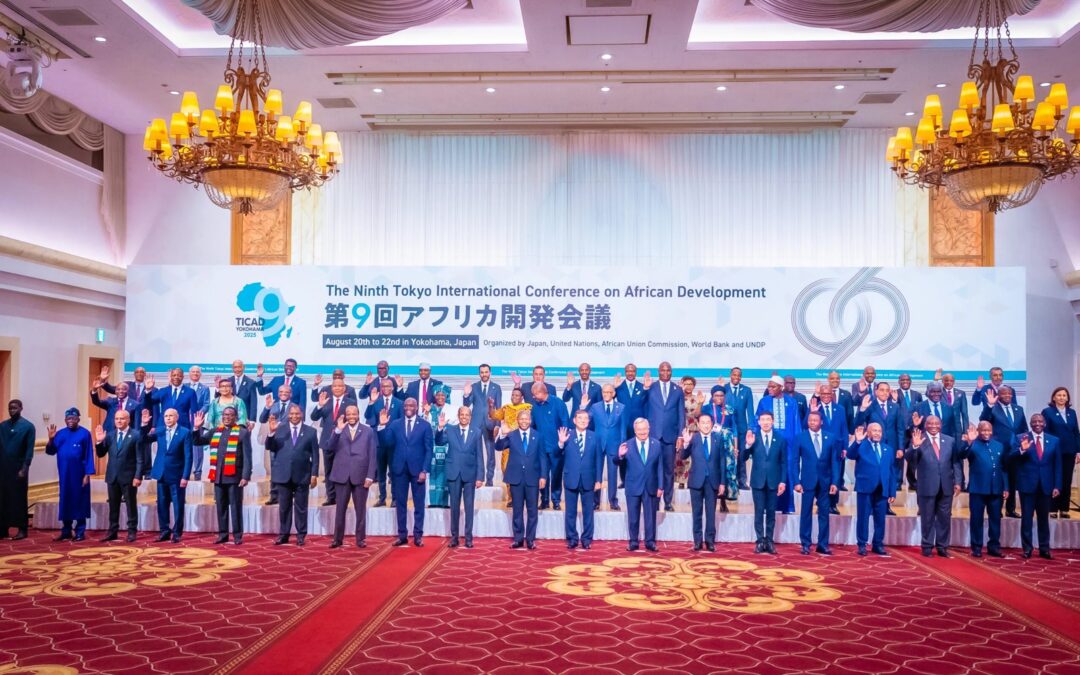Key Outcomes of TICAD 9
1. New Financial Tools & Debt Relief Strategies
- “Indian Ocean–Africa Economic Zone” proposed: Japanese Prime Minister Shigeru Ishiba unveiled a vision to boost investment by linking economies across the Indian Ocean region with Africa. Japan pledged $5.5 billion in loans, coordinated with the African Development Bank, aiming to spur sustainable development and help manage African debt burdens.
- This move underscores Japan’s shift to offering low-cost, concessional lending—a strategic alternative to high-interest loans typically associated with Chinese infrastructure financing.
2. National-Level Financing Boosts
- Kenya secured 25 billion yen (~$169 million) through “Samurai financing”, backed by Nippon Export and Investment Insurance (NEXI), to develop vehicle assembly and the energy sector, reduce borrowing costs, and tackle electricity losses (~23% inefficiencies).
- Kenya’s economy is projected to grow 5.6% in 2025, up from 4.7% in 2024—an indicator of resilience despite global economic headwinds.
3. Co-Creation, Innovation & Youth Engagement
- The conference theme, “Co-Create Innovative Solutions with Africa,” captured the shift from traditional aid to collaborative innovation—leveraging African creativity and Japanese technology.
- Youth-led declaration and forum: For the first time, TICAD included a youth-centered declaration and action plan, embedding young Africans in the development agenda.
- AI capacity-building initiatives: A key partnership was launched between Tokyo University’s Matsuo Institute, METI, and UNDP to train AI-capable youths and support digital transformation across Africa.
- Youth TICAD 2025: A milestone youth-led side event where 100 delegates from Africa and Japan designed “Youth Agenda 2055″—a 30-year co-developed roadmap for future development.
4. Broader Goals: Governance, Infrastructure & Inclusive Growth
- The “Yokohama Declaration” reiterated the enduring TICAD pillars—economy, society, peace and stability—while pushing for digital inclusion, infrastructure investment, value addition, and private sector partnerships.
- The AU–Japan Ministerial Meeting (August 2024, preceding TICAD 9) had already laid groundwork, emphasizing health systems, education, climate action, youth collaboration, and leveraging the African Continental Free Trade Area (AfCFTA) for connectivity.
- Japan’s official TICAD 9 stance highlighted private sector-led economic growth, industrial ecosystems, digitalization (including AI and satellite technologies), and empowerment for youth and women.
- The UNDP–Africa–Japan Impact Report (2025) documents transformative projects across climate resilience, governance, and inclusive development reflective of strong African ownership.
Summary: What This Means for Africa’s Economic Development
| Area | Impact Highlights |
| Finance & Debt Relief | Favorable Japanese loans help ease debt burdens and create funding flexibility. |
| National Investment | Examples like Kenya show tangible growth from targeted financing. |
| Tech & Human Capital | AI initiatives and youth empowerment pave the way for future innovators. |
| Regional Integration & Trade | Support for AfCFTA and infrastructural connectivity fosters economic cohesion. |
| Broader Sustainable Development | Collaboration extends across health, governance, climate, and digital infrastructure. |
TICAD 9 isn’t just a funding mechanism—it’s a platform for partnership, innovation, and empowerment. By aligning youth, governance, tech, and investment in a co-creative model, TICAD 9 lays a stronger foundation for Africa’s resilient and multi-dimensional economic future.




